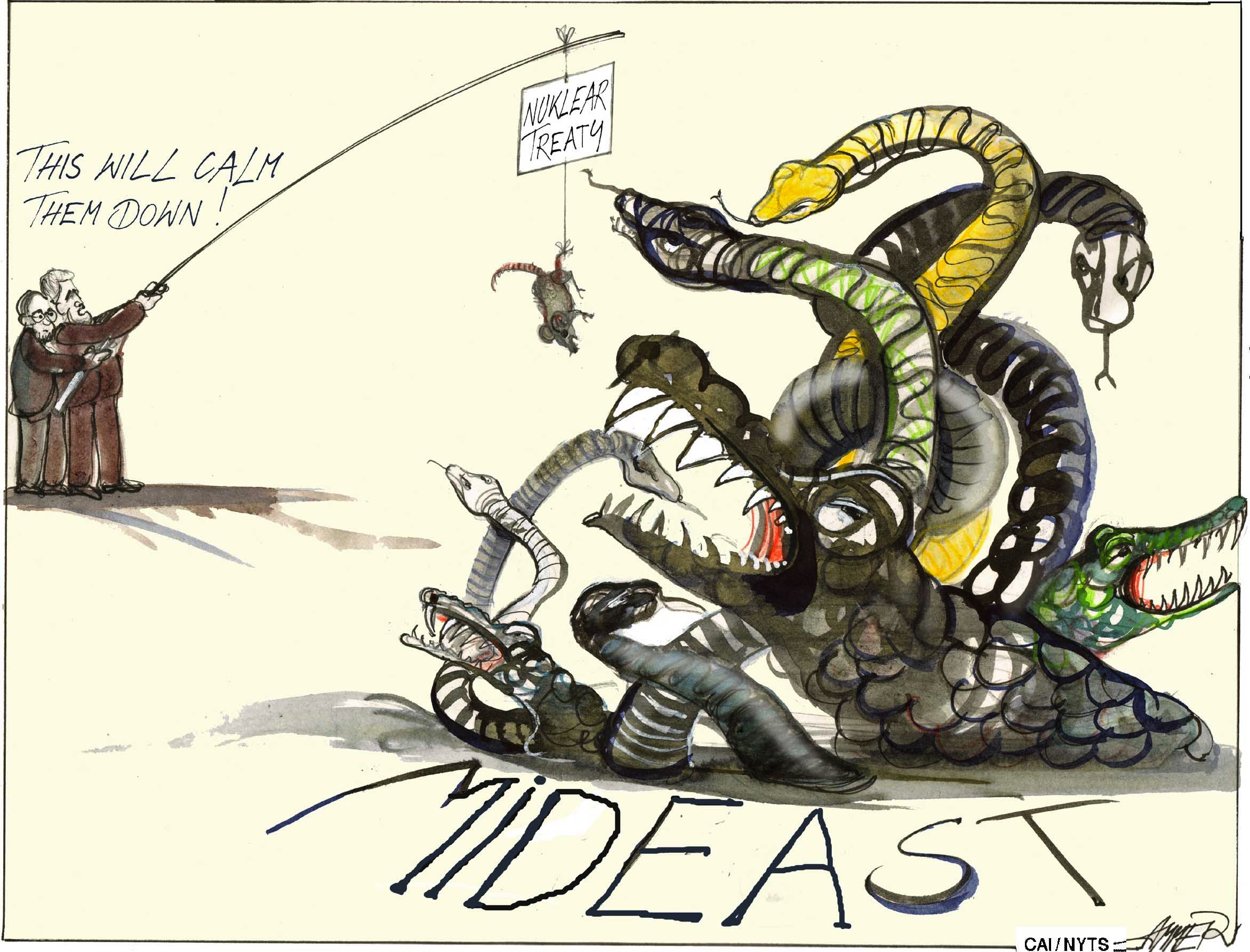Critics of the Obama administration's Iran nuclear deal warn that, among other faults, it is setting off a new Middle East arms race. In Qatar last week, Secretary of State John Kerry seemingly admitted as much, saying that Washington had "agreed to expedite certain arms sales that are needed and that have taken too long in the past."
And how: Just weeks after the pact was announced, Saudi Arabia signed up to buy 600 Patriot missiles from the U.S. at $5 billion, and it is expected to purchase 10 Sikorsky MH-60R naval helicopters. Qatar has inked a $17 billion contract for French-made Rafale fighter jets, and wants to buy Boeing F-15s. Kuwait recently bought 28 F-18 Super Hornets. The United Arab Emirates is expecting $200 million worth of General Atomics Predator drones next year. (Iran, soon to be relieved of sanctions, has a deal with Russia for a missile-defense system and is eyeing French and Russian fighters.)
But the arc of history shows that the checkbook bellicosity of the Gulf monarchies is hardly new. The hyper-arming of the Middle East actually dates to the mid-2000s, before the U.S. and its partners began negotiating in earnest with Tehran over nuclear weapons.



